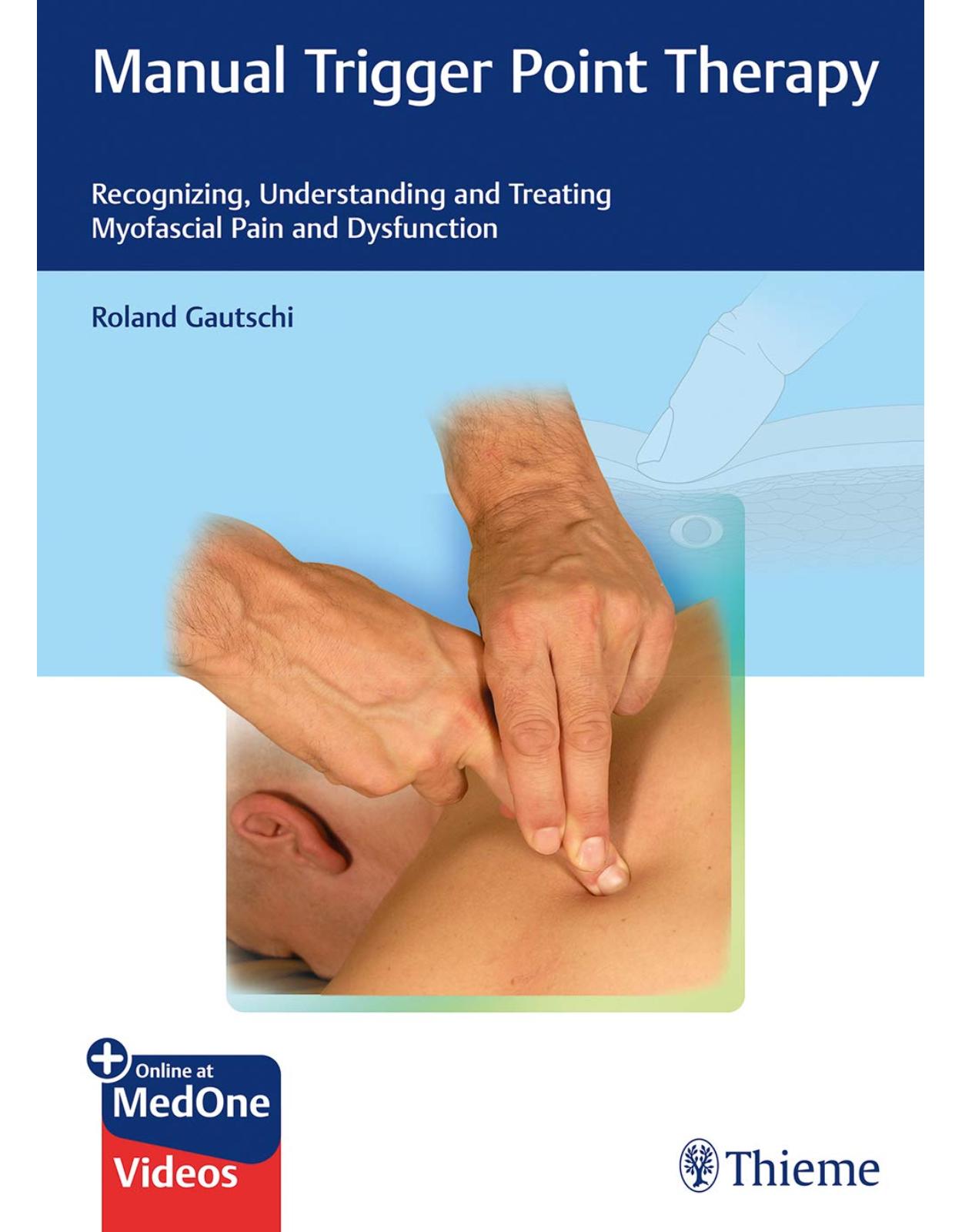
Manual Trigger Point Therapy
Livrare gratis la comenzi peste 500 RON. Pentru celelalte comenzi livrarea este 20 RON.
Disponibilitate: La comanda in aproximativ 4 saptamani
Autor: Roland Gautschi
Editura: Thieme
Limba: Engleza
Nr. pagini: 1424
Coperta: Hardcover
Dimensiuni: 26.92 x 19.56 cm
An aparitie: 10 April 2019
Access your complimentary online version directly from https://medone.thieme.com by using the unique code in the front of this book.
Description:
Treating pain where it originates!
Manual trigger point therapy combines mechanical, reflex, biochemical, energetic, functional, cognitive-emotional, and behaviorally effective phenomena. As such, it influences not only peripheral nociceptive pain, but also intervenes in the body's pain-processing and transmission mechanisms.
Here you will learn: a systematic, manual-therapeutic approach to recognize and deactivate the potential of trigger points to cause pain and dysfunction; how to treat the accompanying fascial disorders; and how to prevent recurrences.
Key Features:
Clinical background of myofascial pain and dysfunction
Muscles, trigger points, and pain patterns at a glance
Neuromuscular entrapments shown in detail
Screening tests und pain guides for all common clinical patterns
Manual treatment of trigger points and fasciae
Manual Trigger Point Therapy is your one-stop, comprehensive introduction to this fascinating, proven technique.
Table of Contents:
Myofascial Trigger Point Therapy
1 Introduction
1.1 Phenomenology
1.2 Different Types of Trigger Points
1.3 Prevalence
1.4 Relevance
1.5 Historical Review
1.6 Approach
2 Myofascial Trigger Points
2.1 Clinical Aspects of Myofascial Trigger Points
2.1.1 Characteristics of Myofascial Trigger Points
2.1.2 Diagnosis of Myofascial Trigger Points
2.2 Pathophysiology
2.2.1 Medical Examination Methods
2.2.2 Histological Examination
2.2.3 Analysis of the Biochemical Environment
2.2.4 Exploration of Local Perfusion
2.2.5 Chronic Muscle Pain — Changes in Nociception
2.2.6 Referred Pain
2.2.7 Energy Crisis Model
2.2.8 Connective Tissue Changes
2.2.9 Central Influences/Processes
2.2.10 Integrative Hypothesis
2.3 Etiology
2.3.1 Causes for the Development of Myofascial Trigger Points
2.3.2 Activating Mechanisms — Deactivating Mechanisms
2.3.3 Predisposing and Perpetuating Factors
3 Trigger Point–Induced Disturbances
3.1 Disturbances Induced Directly by Trigger Points
3.1.1 Pain
3.1.2 Motor Dysfunction
3.1.3 Autonomic Disturbances
3.2 Disturbances Induced Indirectly by Trigger Points
3.2.1 Disturbances Resulting from Taut Bands
3.2.2 Disturbances Resulting from Connective Tissue Changes
3.3 Myofascial Syndrome
4 Diagnosis of Myofascial Pain
4.1 Clinical Reasoning
4.1.1 Pain in the Neuromusculoskeletal System
4.1.2 Pain Mechanisms
4.1.3 Myofascial Pain
4.2 Principles of Examination
4.2.1 History
4.2.2 Physical Findings
4.2.3 Working Hypothesis
4.2.4 Trial Treatment
4.2.5 Reassessment
4.3 Differential Diagnosis
4.3.1 Muscle-Caused Pain
4.3.2 Joint Dysfunction
4.3.3 Irritation of Neural Structures
4.3.4 Internal Organs
4.3.5 Fibromyalgia Syndrome
5 Treatment of Myofascial Pain
5.1 Treatment of Myofascial Trigger Points
5.1.1 Fundamentals
5.1.2 Myofascial Trigger Points: Treatment Possibilities
5.1.3 Manual Trigger Point Therapy
5.1.4 Effectiveness
5.2 Effects of Manual Trigger Point Therapy
5.2.1 Mechanical Aspects
5.2.2 Biochemical Aspects
5.2.3 Reflexive Aspects
5.2.4 Functional Aspects
5.2.5 Cognitive-Behavioral Aspects
5.2.6 Energetic Aspects
5.2.7 Holodynamic Aspects
5.3 Management of Myofascial Pain
5.3.1 Composing a Treatment Plan
5.3.2 Combining Manual Trigger Point Therapy with other Treatment Methods
5.3.3 Self-Management
5.3.4 Resistance to Treatment
6 Indications — Contraindications
6.1 Indications
6.1.1 Myofascial Syndrome
6.1.2 Stimulus Summation Problems
6.1.3 Entrapment Neuropathy
6.1.4 Scars and Other Changes in the Connective Tissue
6.2 Contraindications
6.2.1 Absolute Contraindications
6.2.2 Relative Contraindications
7 Manual Therapy of the Muscles
7.1 Shoulder
7.1.1 Deltoid
7.1.2 Supraspinatus
7.1.3 Infraspinatus
7.1.4 Teres Minor
7.1.5 Subscapularis
7.1.6 Teres Major
7.1.7 Latissimus Dorsi
7.1.8 Pectoralis Major
7.1.9 Coracobrachialis
7.1.10 Pectoralis Minor
7.1.11 Serratus Anterior
7.1.12 Rhomboid Minor and Major Muscles
7.1.13 Middle Trapezius
7.1.14 Lower Trapezius
7.1.15 Subclavius
7.1.16 Scapulothoracic Gliding Space
7.2 Neck
7.2.1 Upper Trapezius
7.2.2 Levator Scapulae
7.2.3 Sternocleidomastoid
7.2.4 Scalene Muscles
7.2.5 Deep Prevertebral Muscles: Longus Colli, Longus Capitis, Rectus Capitis Anterior, Rectus Capitis Lateralis
7.2.6 Splenius Capitis and Splenius Cervicis
7.2.7 Cervical Erector Spinae Muscles: Semispinalis Capitis and Cervicis, Longissimus Capitis and Cervices, Multifidi, and Rotatores Muscles
7.2.8 Suboccipital Muscles: Rectus Capitis Posterior Major and Minor; Obliquus Capitis Inferior and Superior
7.3 Jaw and Head
7.3.1 Masseter
7.3.2 Temporalis
7.3.3 Medial Pterygoid
7.3.4 Lateral Pterygoid
7.3.5 Suprahyoid Muscles: Digastric, Stylohyoid, Mylohyoid, Geniohyoid
7.3.6 Infrahyoid Muscles: Sternohyoid, Sternothyroid, Thyrohyoid, Omohyoid
7.3.7 Facial (Mimic) Muscles: Orbicularis Oculi, Zygomaticus, Platysma
7.3.8 Occipitofrontalis (of the Epicranius)
7.4 Torso
7.4.1 Erector Spinae
7.4.2 Quadratus Lumborum
7.4.3 Abdominal Muscles: External Oblique, Internal Oblique, Transversus Abdominis; Rectus Abdominis, Pyramidalis
7.4.4 Iliopsoas
7.4.5 Serratus Posterior Superior
7.4.6 Serratus Posterior Inferior
7.4.7 Intercostal Muscles
7.4.8 Diaphragm
7.4.9 Thoracolumbar Fascia
7.5 Buttocks
7.5.1 Gluteus Maximus
7.5.2 Gluteus Medius and Gluteus Minimus
7.5.3 Piriformis
7.5.4 Obturator Internus and Gemelli Muscles
7.5.5 Obturator Externus
7.5.6 Quadratus Femoris
7.5.7 Muscles of the Pelvic Floor
7.6 Thigh and Knee
7.6.1 Tensor Fasciae Latae
7.6.2 Sartorius
7.6.3 Pectineus
7.6.4 Adductor Longus and Brevis
7.6.5 Adductor Magnus
7.6.6 Gracilis
7.6.7 Quadriceps Muscle
7.6.8 Semitendinosus and Semimembranosus, Biceps Femoris
7.6.9 Popliteus
7.7 Lower Leg and Foot
7.7.1 Gastrocnemius and Plantaris
7.7.2 Soleus
7.7.3 Flexor Digitorum Longus and Hallucis Longus
7.7.4 Tibialis Posterior
7.7.5 Tibialis Anterior
7.7.6 Extensor Digitorum Longus, Extensor Hallucis Longus
7.7.7 Peroneus Longus, Brevis, and Tertius
7.7.8 Extensor Digitorum Brevis, Extensor Hallucis Brevis
7.7.9 Muscles of the Sole of the Foot (Superficial Layer): Flexor Digitorum Brevis, Abductor Hallucis, Abductor Digiti Minimi
7.7.10 Muscles of the Sole of the Foot (Deep Layer): Quadratus Plantae, Flexor Hallucis Brevis, Adductor Hallucis, Lumbricals, Interossei
7.8 Upper Arm
7.8.1 Triceps Brachii, Anconeus
7.8.2 Biceps Brachii
7.8.3 Brachialis
7.9 Forearm and Hand
7.9.1 Brachioradialis
7.9.2 Extensors of the Hand: Extensor Carpi Radialis Longus and Brevis, Extensor Carpi Ulnaris
7.9.3 Finger Extensors: Extensor Digitorum Communis, Extensor Digiti Minimi, Extensor Indicis
7.9.4 Abductor Pollicis Longus, Extensor Pollicis Longus and Brevis
7.9.5 Supinator
7.9.6 Pronator Teres
7.9.7 Palmaris Longus
7.9.8 Flexors of the Hand: Flexor Carpi Radialis and Ulnaris
7.9.9 Flexors of the Fingers: Flexor Digitorum Superficialis and Profundus
7.9.10 Flexor Pollicis Longus
7.9.11 Pronator Quadratus
7.9.12 Thenar Muscles: Abductor Pollicis Brevis, Adductor Pollicis, Flexor Pollicis Brevis, Opponens Pollicis
7.9.13 Hypothenar Muscles: Abductor Digiti Minimi, Flexor Digiti Minimi, Opponens Digiti Minimi, Palmaris Brevis
7.9.14 Interdigital Muscles: Lumbricals and Interossei
8 Neuromuscular Entrapments
8.1 Nerve Root Compression
8.2 Upper Extremity
8.2.1 Brachial Plexus
8.2.2 Musculocutaneous Nerve
8.2.3 Axillary Nerve
8.2.4 Median Nerve
8.2.5 Radial Nerve
8.2.6 Ulnar Nerve
8.3 Lower Extremity
8.3.1 Lumbar and Lumbosacral Plexus
8.3.2 Femoral Nerve
8.3.3 Lateral Femoral Cutaneous Nerve
8.3.4 Iliohypogastric Nerve, Ilioinguinal Nerve, Genitofemoral Nerve
8.3.5 Obturator Nerve
8.3.6 Sciatic Nerve
8.3.7 Peroneal (Fibular) Nerve
8.3.8 Tibial Nerve
8.4 Other Entrapments
8.4.1 Greater Occipital Nerve/Posterior Ramus of the 2nd Cervical Nerve
8.4.2 Posterior Rami of the Spinal Nerves
8.4.3 Entrapments in the Terminal Nerve Segment (Distal Mini-Entrapments)
9 Clinical Aspects
9.1 Screening Tests
9.1.1 Cervical Spine
9.1.2 Thoracic spine
9.1.3 Shoulder
9.1.4 Elbow
9.1.5 Forearm and Hand
9.1.6 Lumbar, Pelvis, and Hip Region
9.1.7 Knee
9.1.8 Lower Leg and Foot
9.1.9 Jaw
9.2 Pain Guides
9.3 Clinical Presentations
9.3.1 Posterior and Anterior Neck Pain and Headaches
9.3.2 Craniomandibular Dysfunction (CMD)
9.3.3 Shoulder Pain
9.3.4 Interscapular and Subscapular Pain
9.3.5 Thoracic Pain
9.3.6 Elbow Pain
9.3.7 Forearm and Hand Pain
9.3.8 Low Back Pain (Nonspecific Lower Back Pain)
9.3.9 Hip and Groin Pain
9.3.10 Knee Pain
9.3.11 Achillodynia
9.3.12 Lower Leg and Foot Pain
Appendix
10 Bibliography
11 Glossary
12 Muscle Abbreviations
13 List of Abbreviations
14 Index of Clinical Tips
Index
Videos
Additional MedOne Information
| An aparitie | 10 April 2019 |
| Autor | Roland Gautschi |
| Dimensiuni | 26.92 x 19.56 cm |
| Editura | Thieme |
| Format | Hardcover |
| ISBN | 9783132202917 |
| Limba | Engleza |
| Nr pag | 1424 |
| Versiune digitala | DA |
-
42200 lei 37000 lei
-
46100 lei 43300 lei

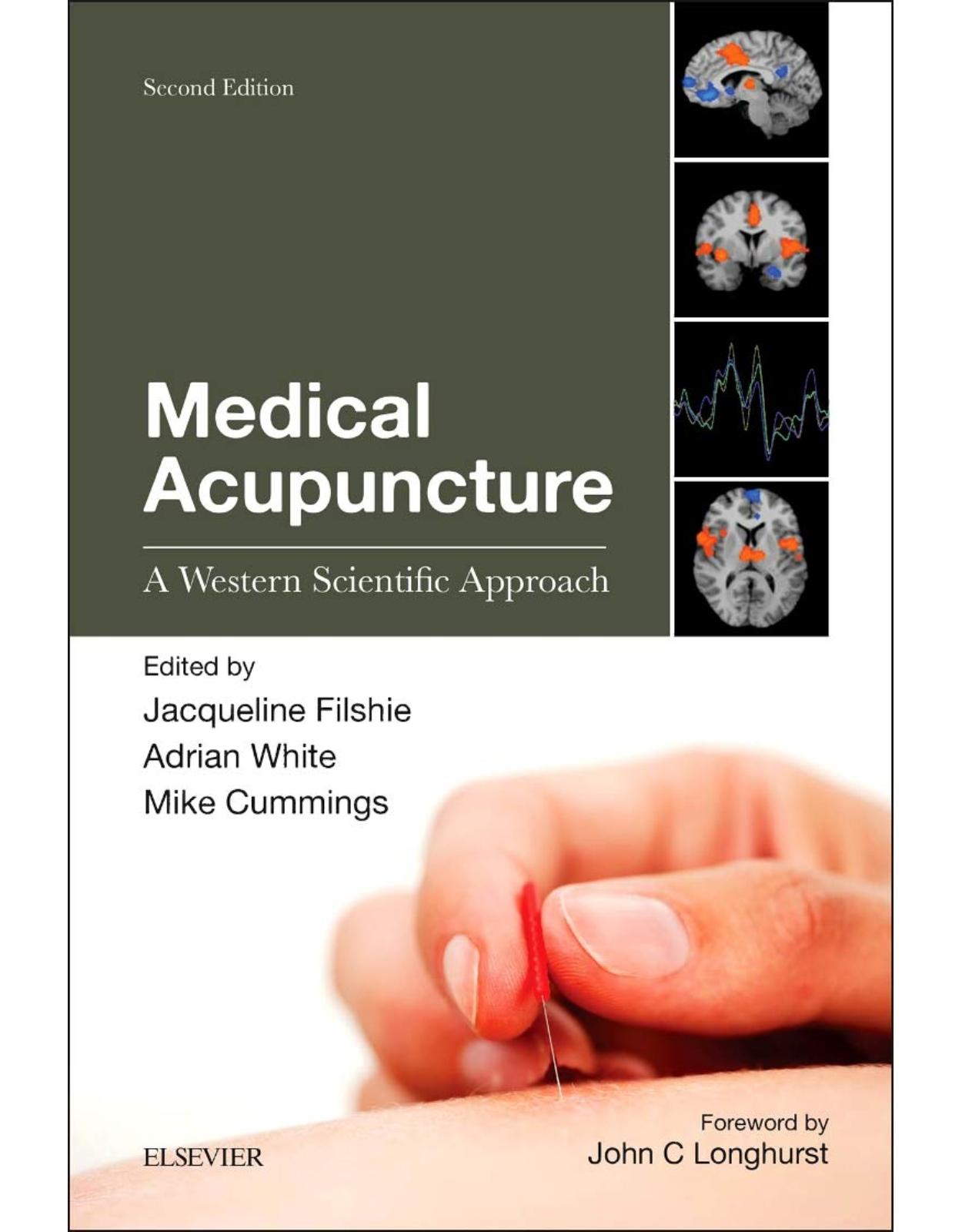
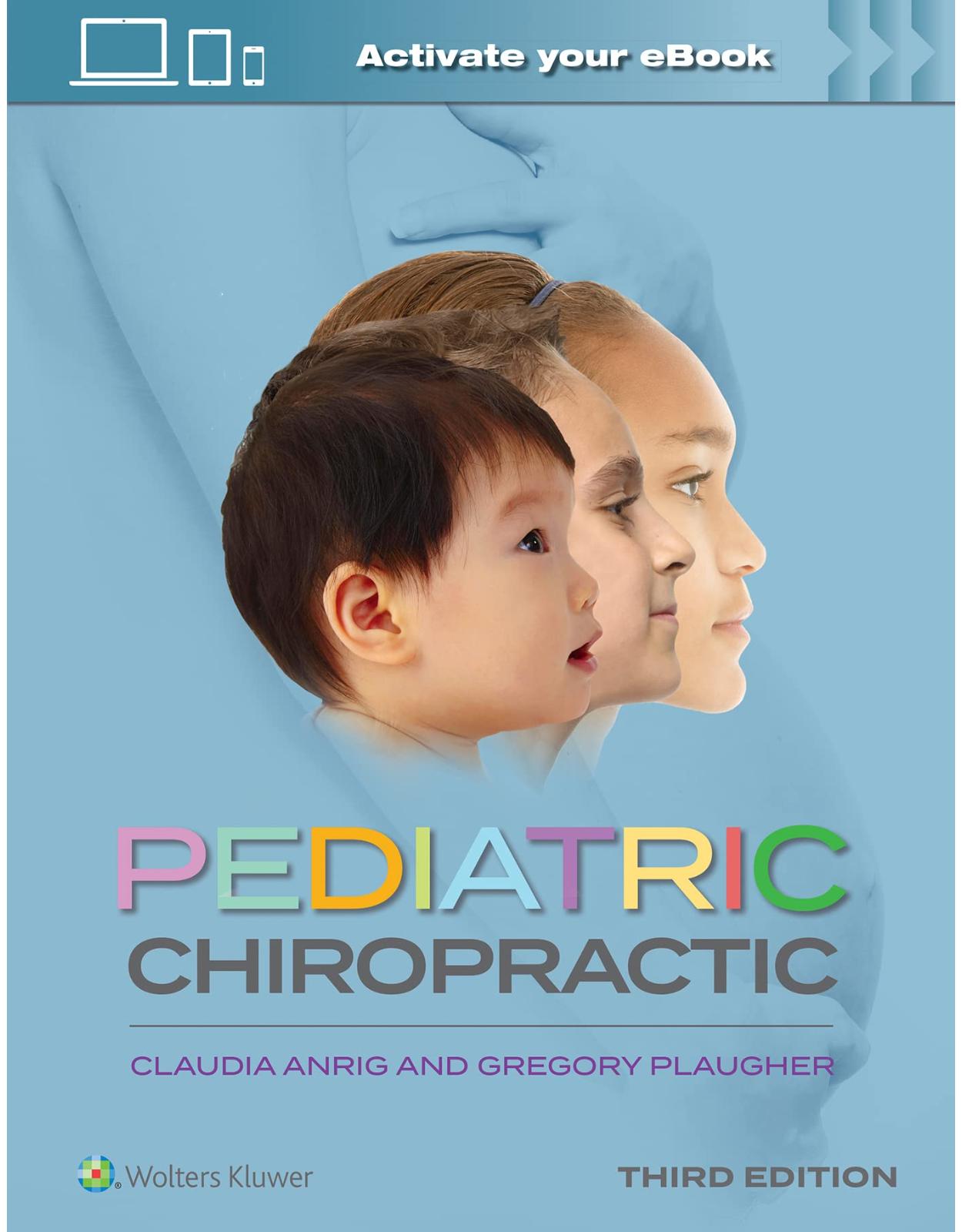
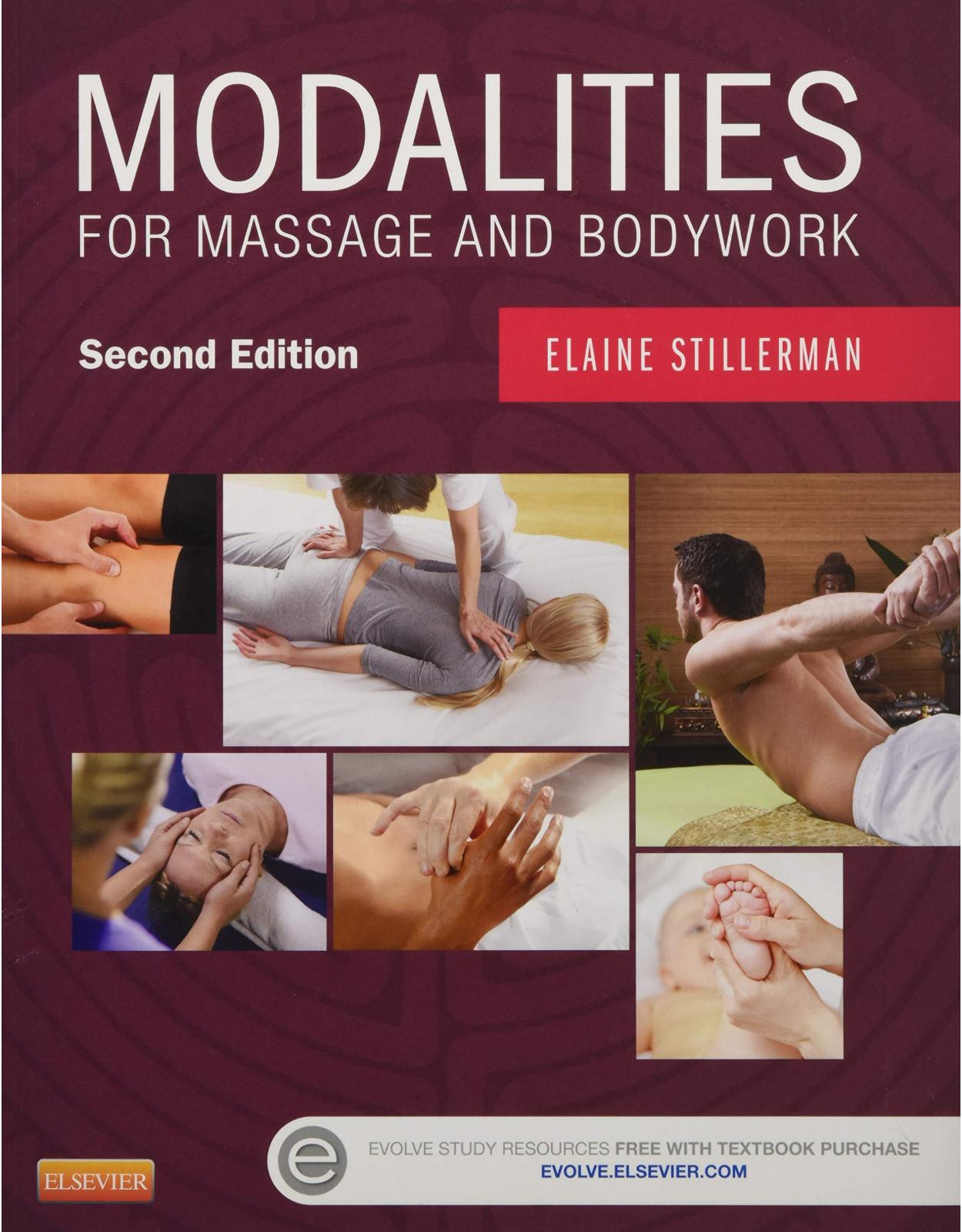
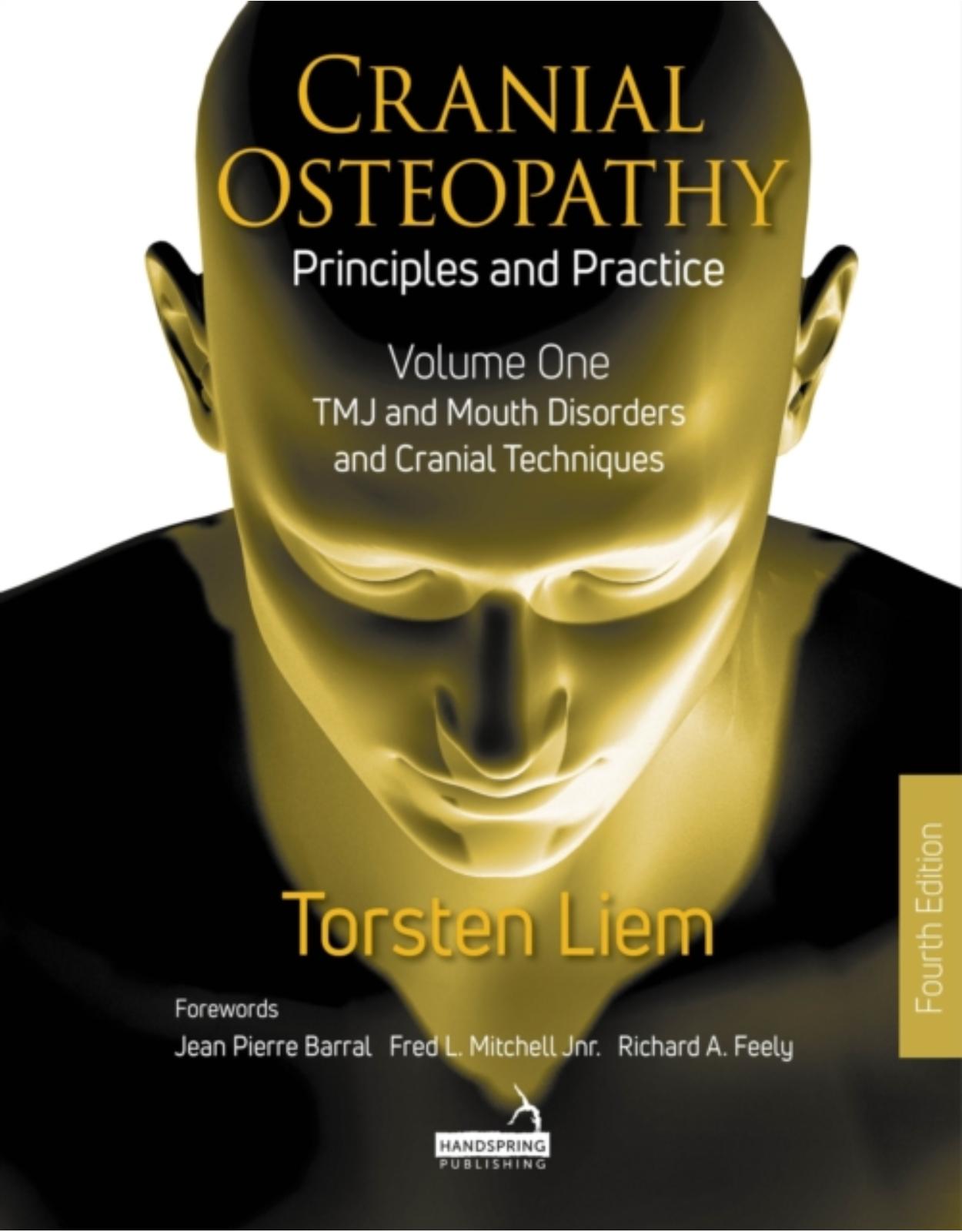
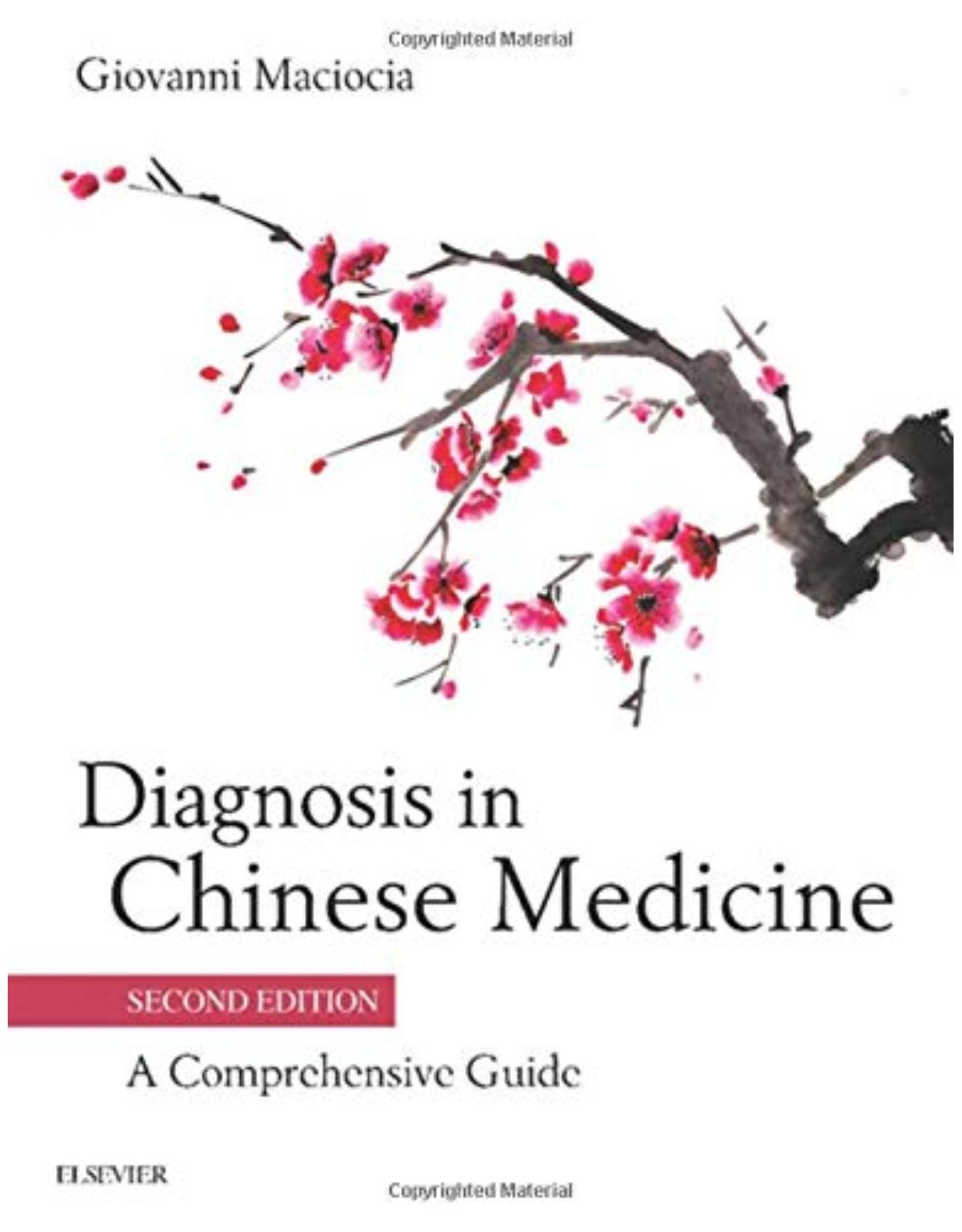
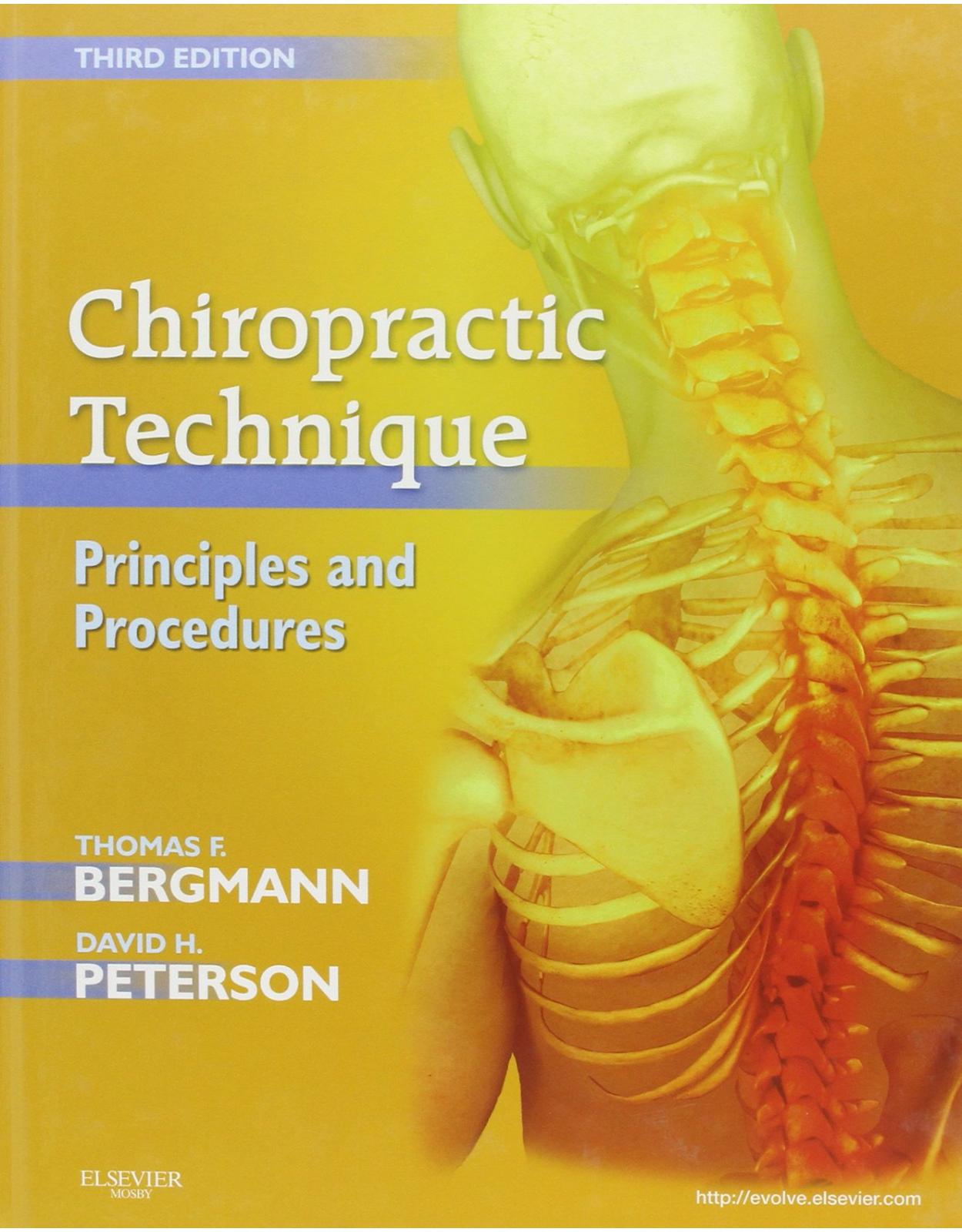
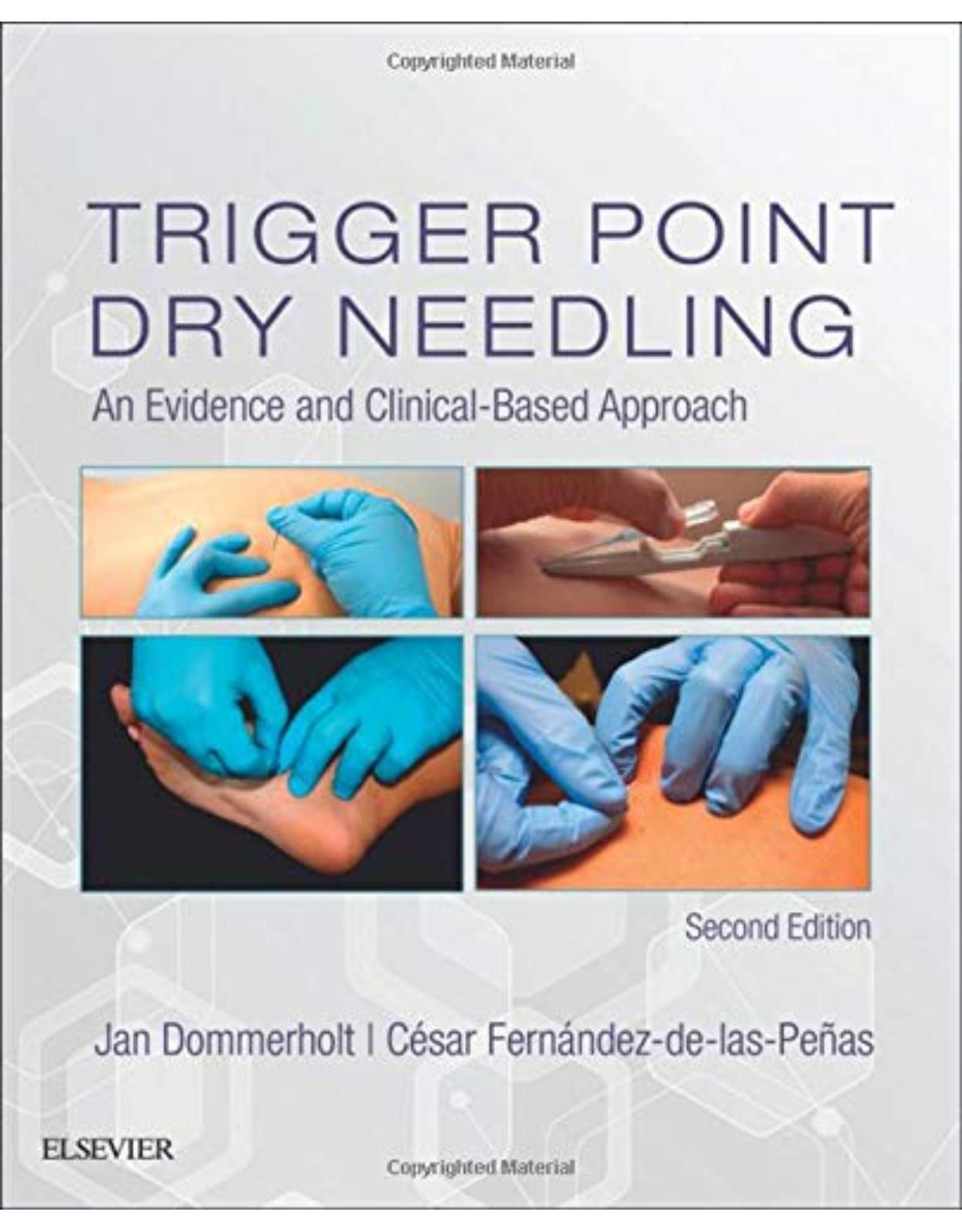
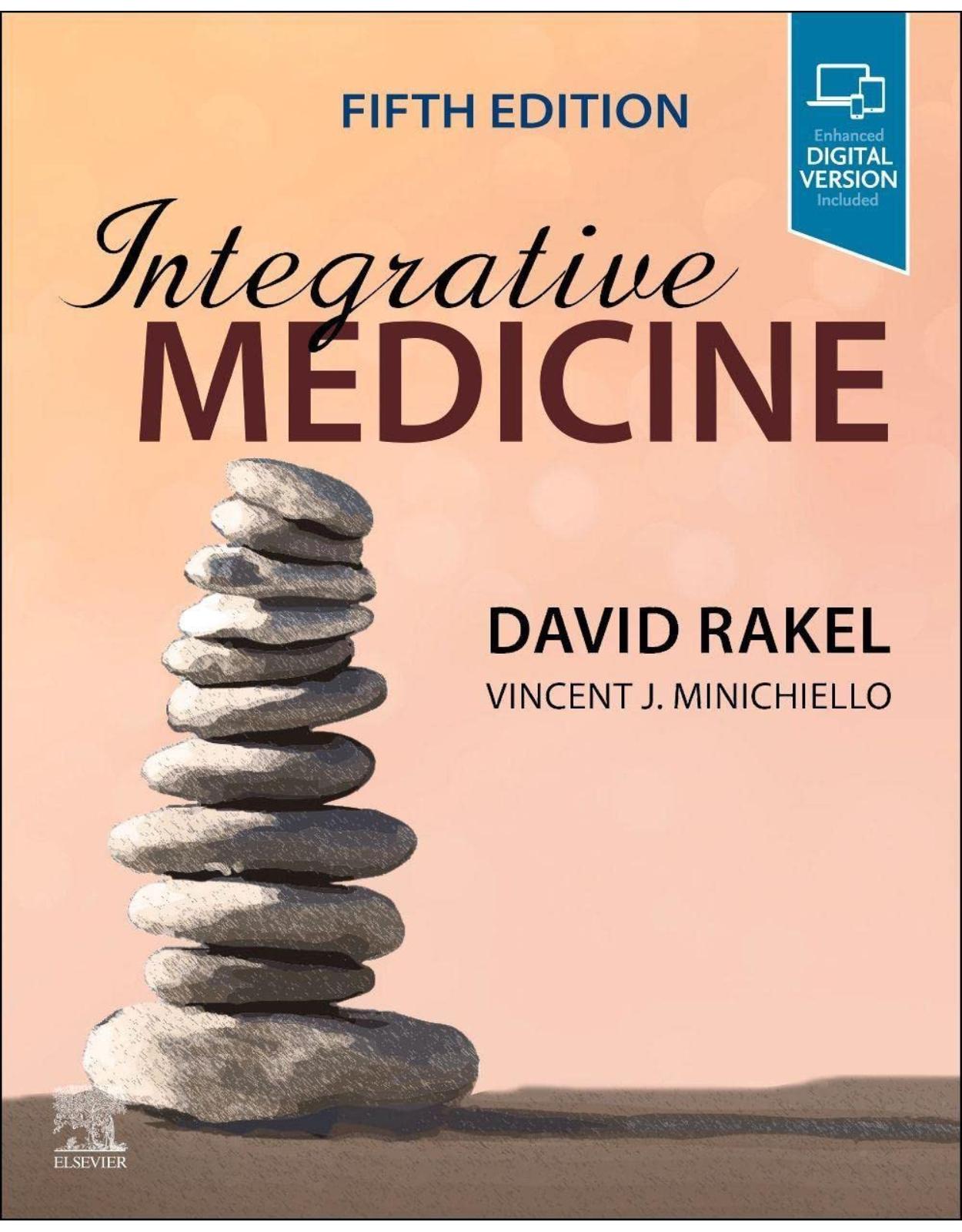
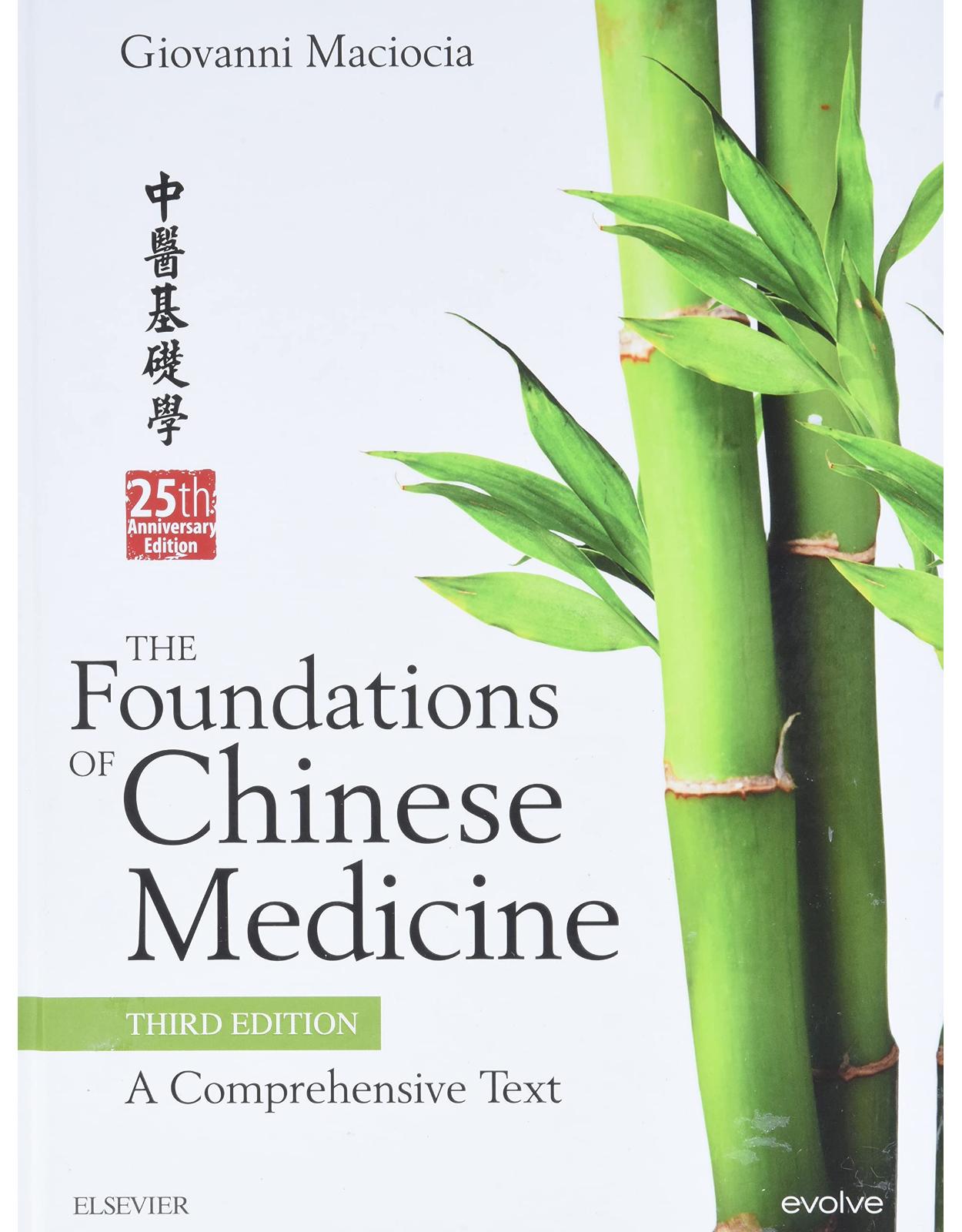
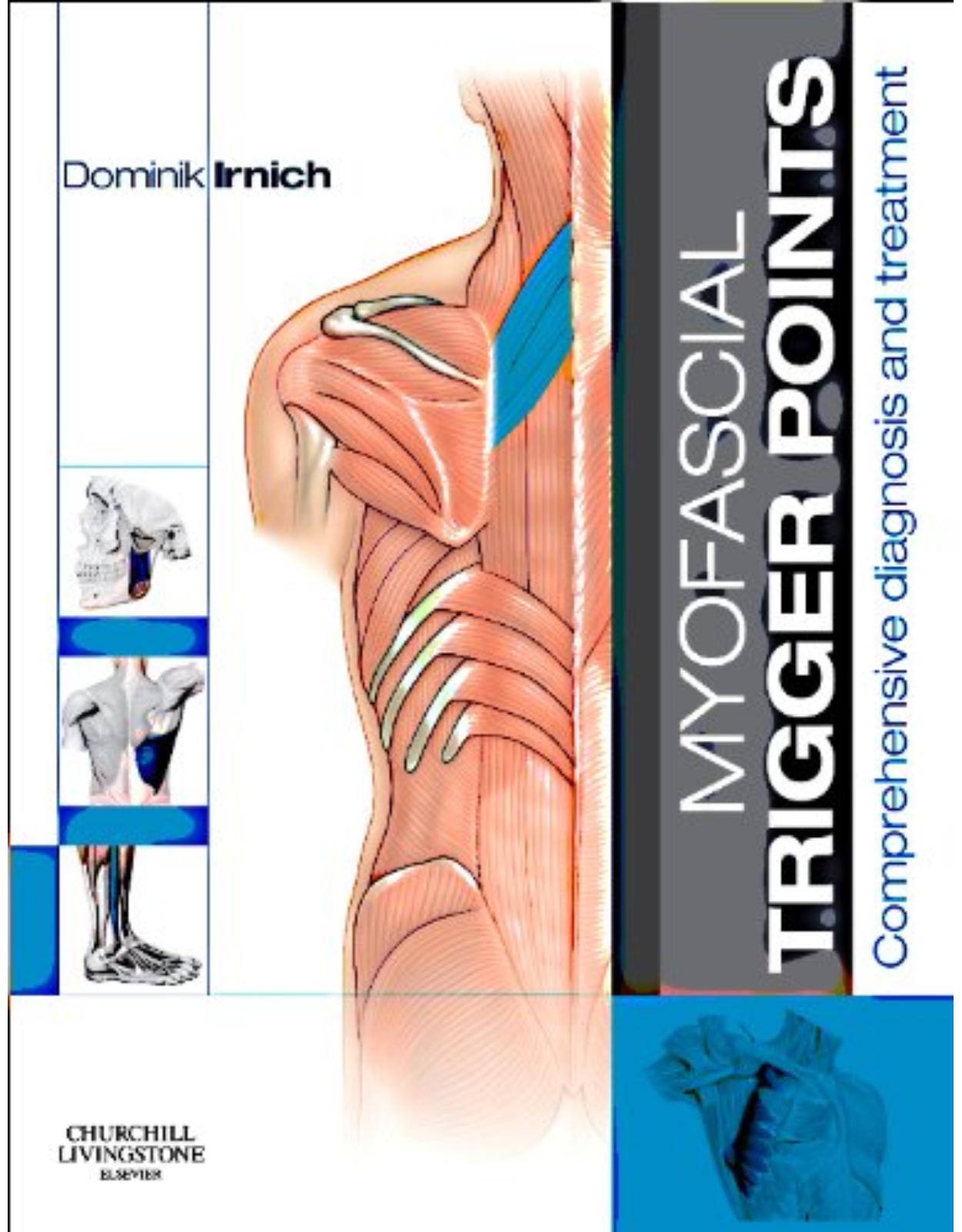

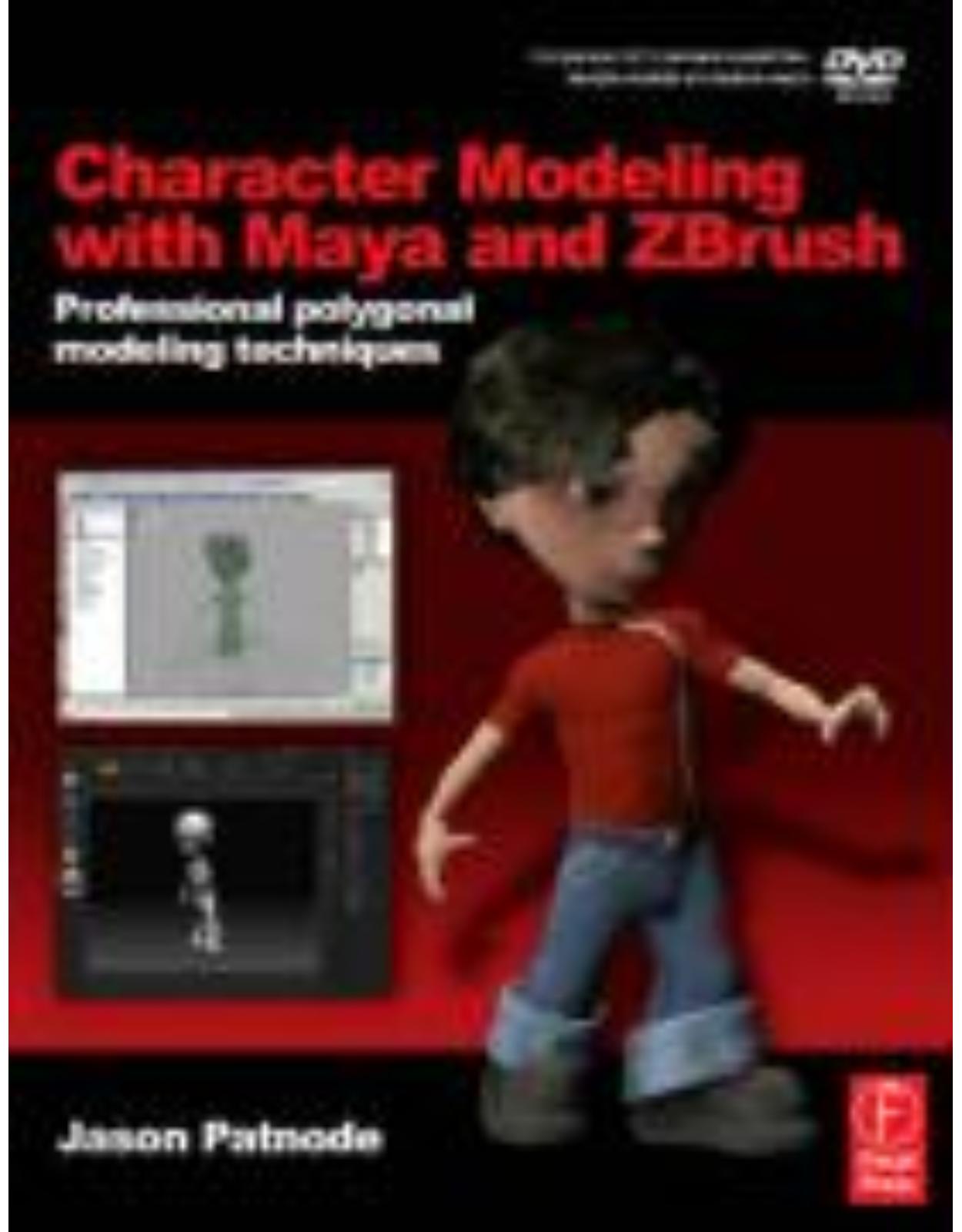
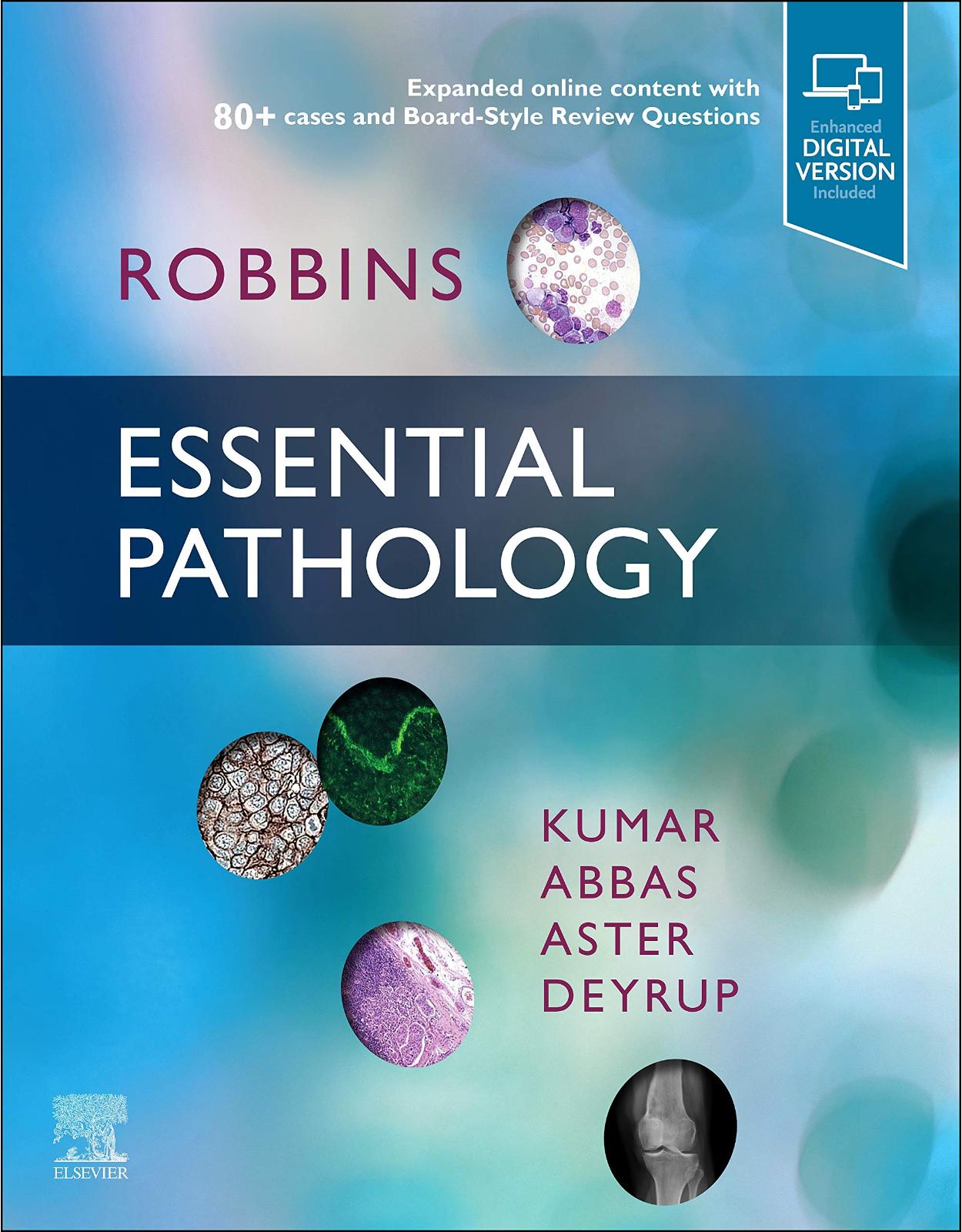
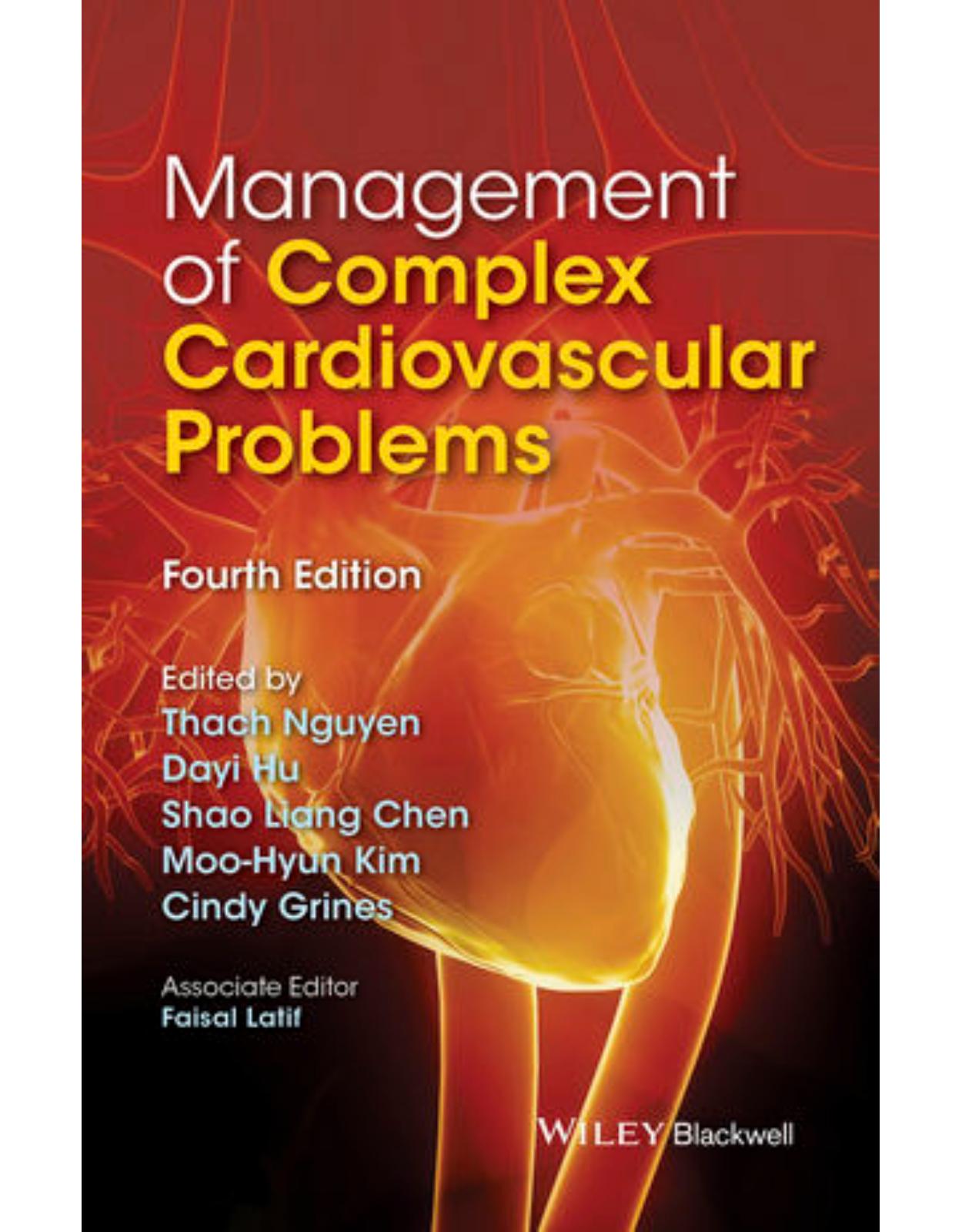
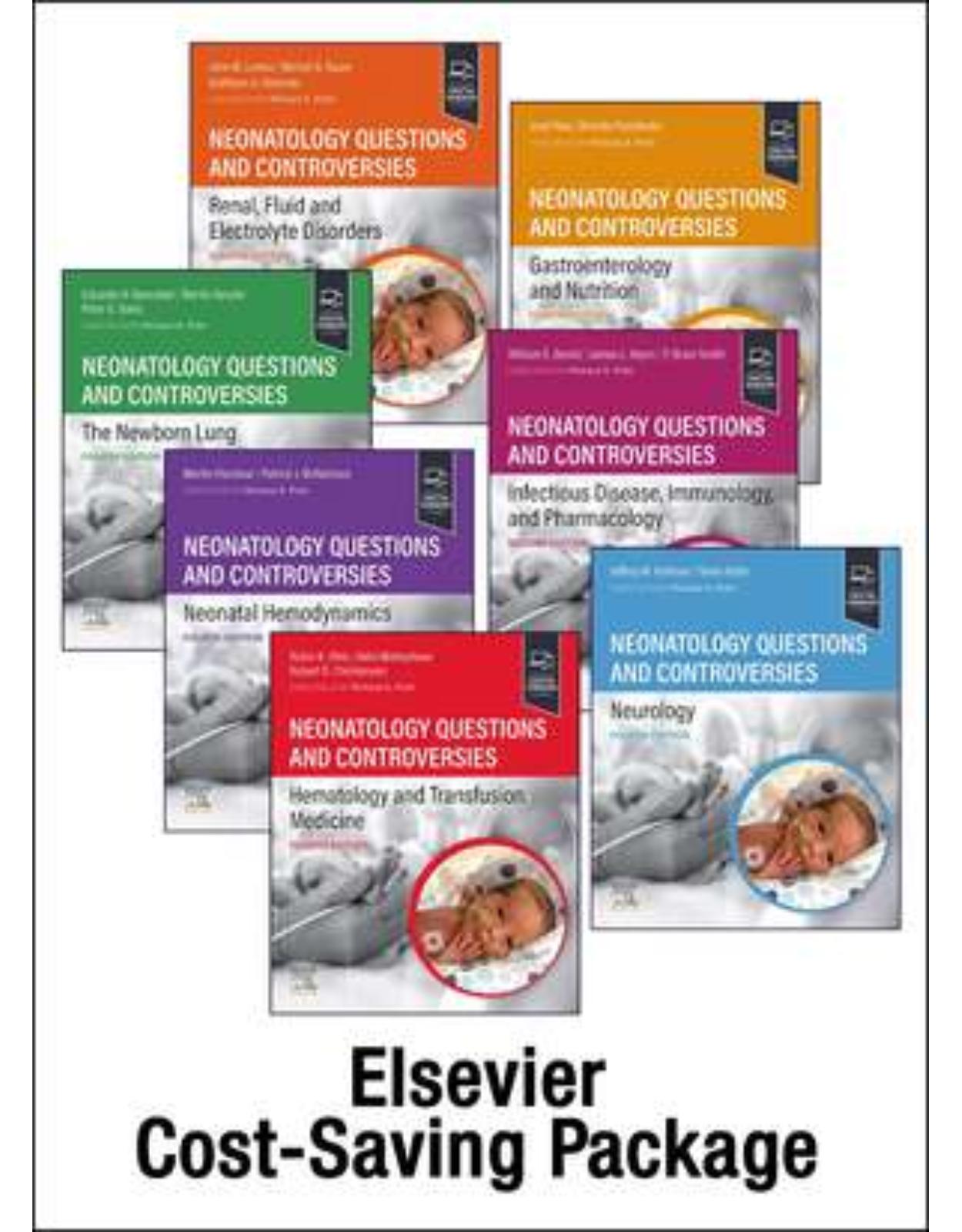
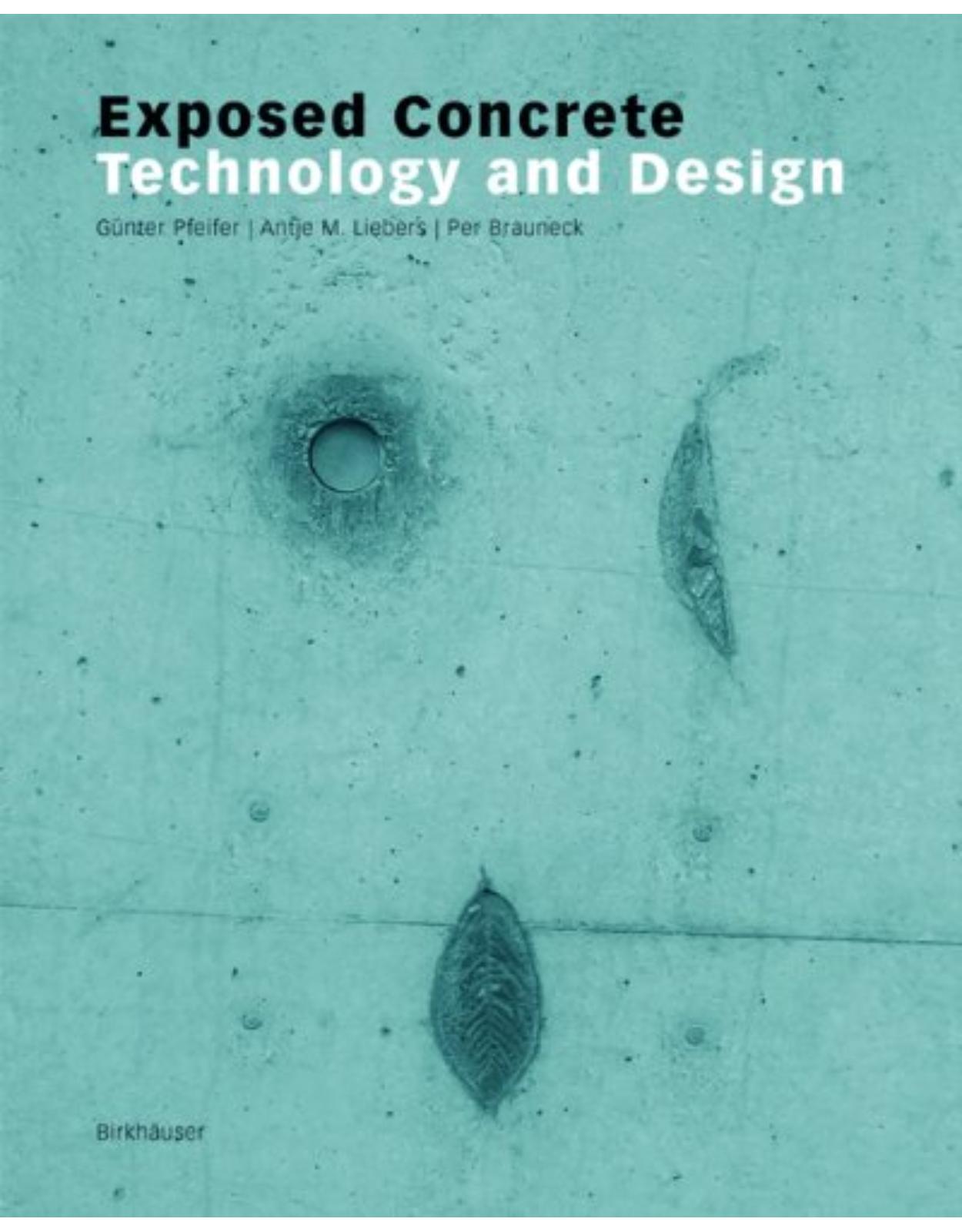
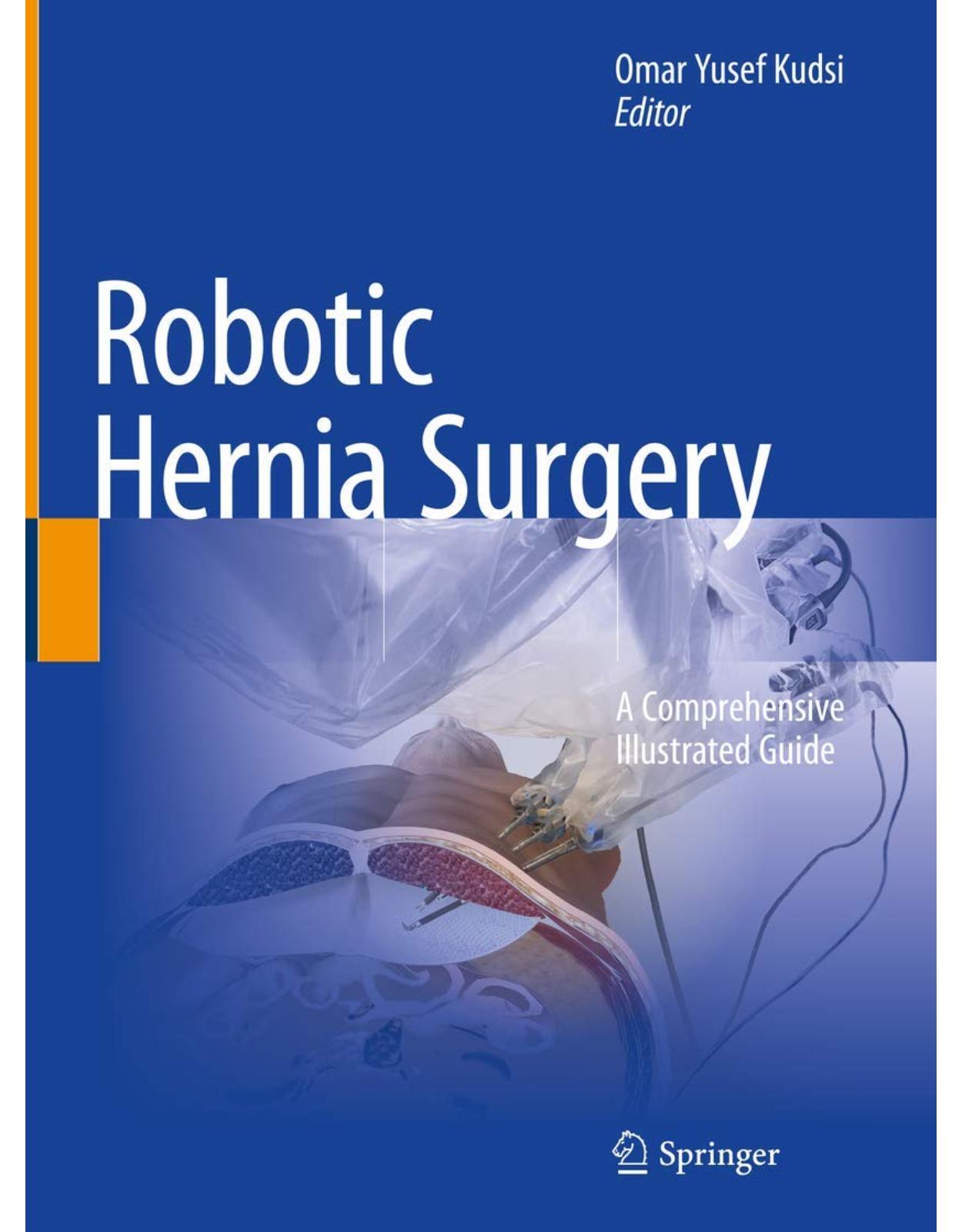
Clientii ebookshop.ro nu au adaugat inca opinii pentru acest produs. Fii primul care adauga o parere, folosind formularul de mai jos.